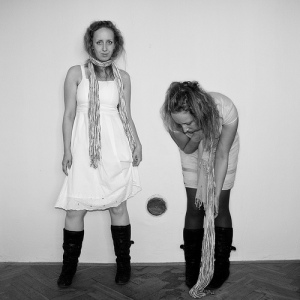A happy family! (photo via flickr)
We look up to our parents for many things. For guidance, support, learning; they are the first role models we ever get. We react to their behavior around others, we hear the words they say, and whether we always like it or not, they’re actions affect us to the core.
When children grow up with parents of two heritages, they are presented with that much more. Wishing to not embrace stereotypes of any kind, but to bluntly put it, black children don’t learn how to be black from hanging out with Asians, and those of Spanish origin won’t get their love your race pride from being in a 100% white surrounding. Plainly speaking your parents or parental figures are going to be the ones that initially in life provide you with your racial identity. So it’s extra important, when composed of a dual race, that role those same role model ideals are presented for each heritage—wouldn’t you agree?
Pactadopt.org, an adoption alliance organization, says in their experience black children growing up with white parents don’t have the same intimate connection to their black heritage, no big shocker there… Biracial adoptees have stated that sometimes they believe its okay to forget about the black/Latino/or Asian, part of themselves, and instead focus on the white part—that is “just like” their white adoptive parents. Maybe you’ve heard this before from biracial children and adults who were raised by a single parent, and that’s all they saw. Monkey see, monkey do. (That’s kind of crude sounding I’ll admit, but do you get my point?)
Many factors complicate things. Having a biracial child complicate things; forget about what people may think about you, when you have a kid its all about them. If you don’t do anything else equally in your life, when deciding to have a child, or adopt one, ridiculously careful consideration must be taken, (at least should be in my opinion!), take into account how you’re going to be that role model they need. There are many things we change, forget, don’t agree with, are taught and shown to us by are parents, and even while plastic surgery can change your features, you race is always going to stay the same.
Here’s a question found online poised to Pactadopt.org:
We are looking to adopt transracially. Our first child is biracial (African American and white) and we are both white. We think it would be easier if we adopted another biracial child but our social worker has suggested that we consider a baby who is fully African American. Can you give us insight as we make our decision?
Filed under: bi-racial, Maggie Barnes, adopted by parents with another race, adoption, biracial adoption, black children white parents, transracial adoption

 (photo from online, women in pic are not bipolar)
(photo from online, women in pic are not bipolar)